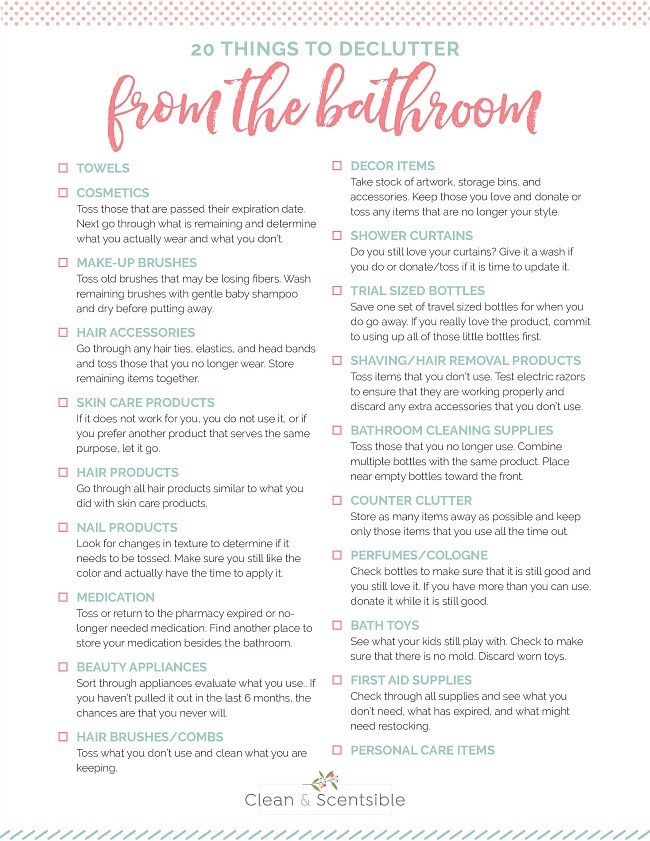
“If I know something doesn’t belong in the junk drawer, like a receipt, flier or kid party favor, I will toss it in my junk basket and go through it once a week,” she said.


For everything else, she recommends the following system. To begin tackling it, Teeple recommends identifying which things actually make sense there – such as tape or batteries – and finding a space for them with drawer organizers. Somehow the junk drawer always tends to live in the kitchen. If your water bottles stay in a cabinet, Teeple recommends storing them upright on a turntable with a grippy base that will keep them from toppling over. Another thing you can do is use water bottle organizers that allow you to lay your water bottle horizontally, kind of like a wine rack.” “What you want to do is get drawer organizers – like some bins – that are narrow and deep so that they go the length of your drawer, but they don’t allow the water bottles to topple over when you’re closing the drawer. “We don’t want to just put them freely in a drawer because then they’ll slosh around,” Teeple said. If you keep them in a drawer, water bottles can be stored either vertically or horizontally with the right container. Water bottles are another bulky item that can be difficult to organize – but the pros offer several options. But if you go this route, she suggests cutting down on visual clutter by “investing in a combination of matching wood and stainless steel cooking tools to make the kitchen look more aesthetically pleasing.” Water bottles “You can use a few countertop containers to store your general utensil categories upright,” she said.

And when drawer space is limited, she recommends countertop containers. Katrina Teeple of Operation Organization, who is based in Los Angeles and Dallas, recommends creating categories for each section of the drawer, such as stirring spoons, spatulas and tongs. “You can use drawer organizers to play Tetris in your drawer, which allows for so much more usable space than a regular (flatware holder).” “We like to customize every single drawer for flatware and utensils,” says Bowers. “One will be (for) all round containers, one will be all square containers and the next will be all lids.” Utensilsĭrawer dividers are also a go-to solution for corralling utensils. “I use two dividers to create three sections,” Ashley Stewart of O.C.D. Whichever method you choose, experts say drawer organizers are key to splitting up your Tupperware space. Other pros prefer separating their lids – either storing them vertically like file folders in one container or arranging them in a lid-specific organizer. People are always telling you to separate out the lids but then years go by and you end up having way more lids than you have containers or you’re always struggling to find the right lid.” “If there is room, I like to match all the lids with the containers and then leave the lids on and stack the containers,” Tracy Bowers of Organize Simply in Salt Lake City said. Experts say both approaches can work well depending on the space. When it comes to organizing Tupperware, there are two schools of thought – those who believe in keeping the lids with their containers and those who split them up.
#ITEMS TO DECLUTTER PROFESSIONAL#
Given the range of organizational woes in the kitchen, we asked professional organizers how they tackle some of the trickiest spots and items found there.

Not only is the kitchen a high-traffic area especially prone to messes, it houses a mishmash of awkward items – likely nowhere else in the home is it possible to find a drawer of stray Tupperware lids next to one stuffed with batteries, pens and Post-it notes.


 0 kommentar(er)
0 kommentar(er)
